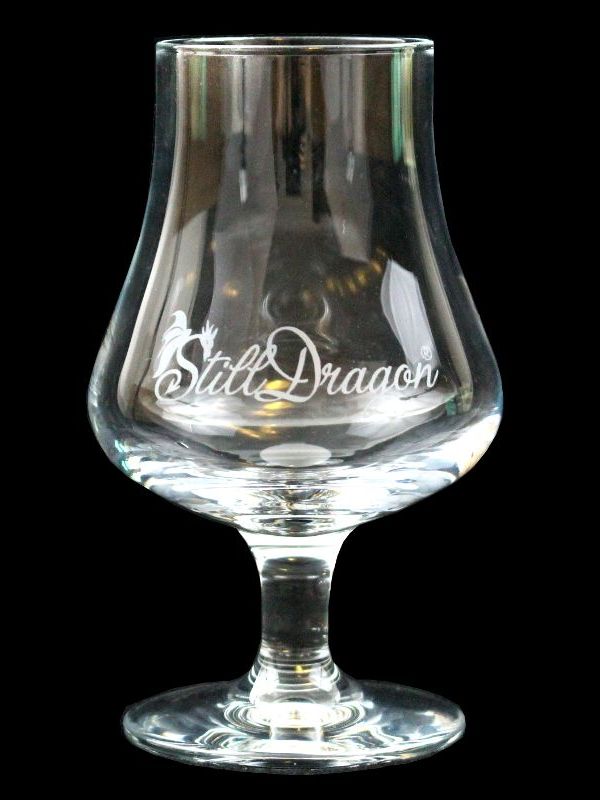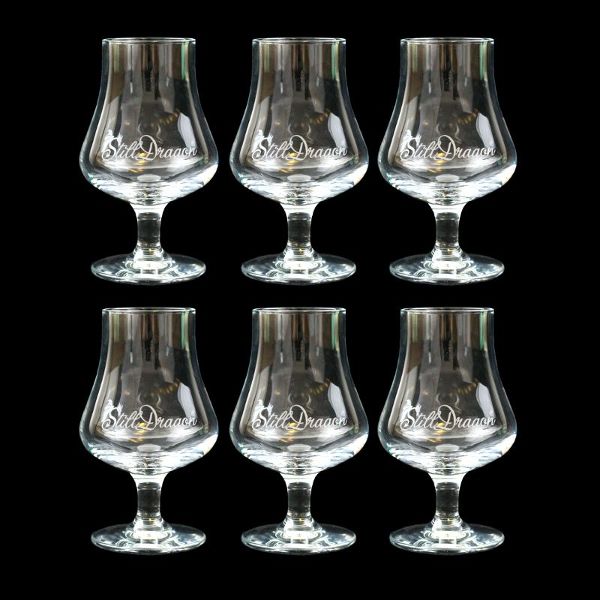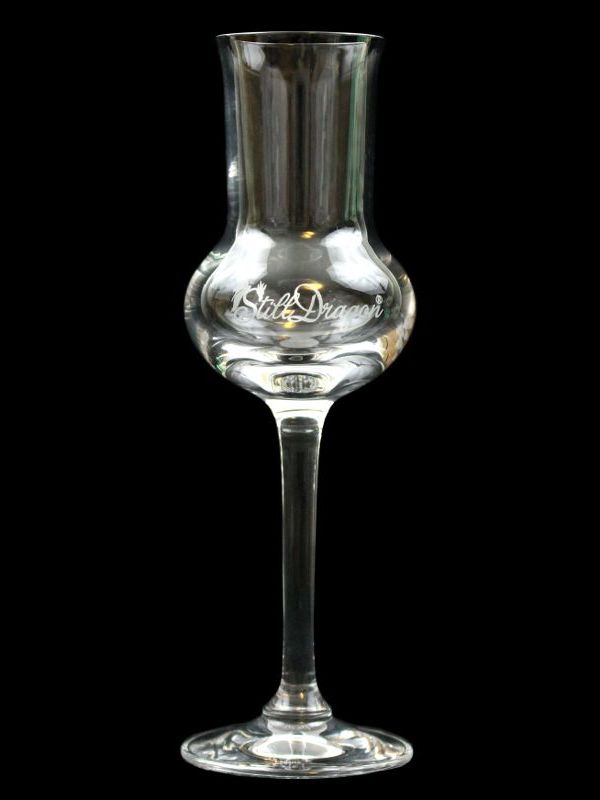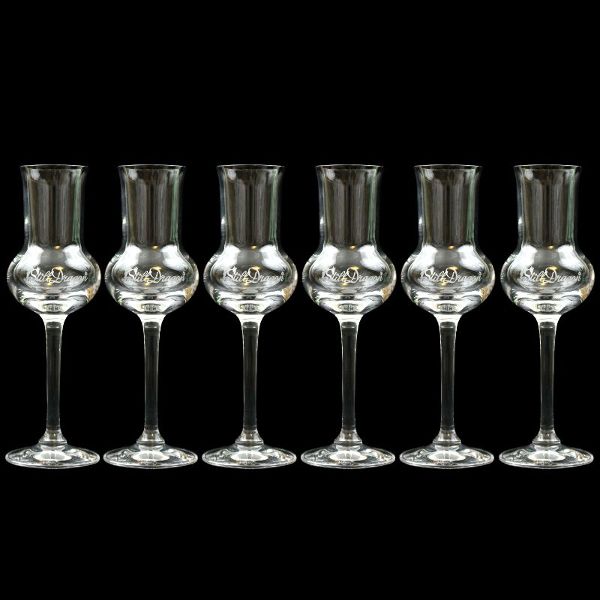-
Today in the Shed
Cedar leaf essential oil extraction.
A friend is making a batch of soap.
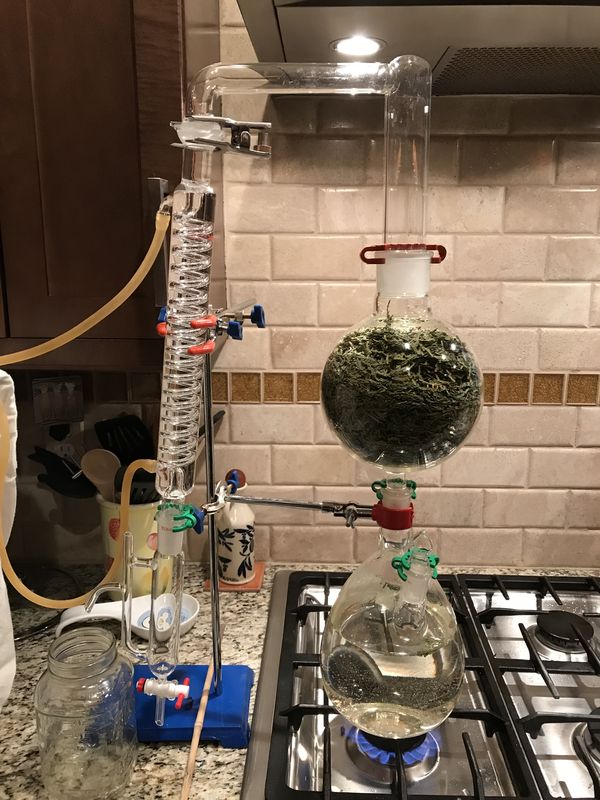 DigiFlow 6700M Connection
DigiFlow 6700M ConnectionHi,
Can anyone tell me what type of connector is needed to connect the red tubing on a DigiFlow 6700M?
I've looked on StillDragon store and couldn't find any push connect female NPT 1/2. I saw only male threaded.
Thanks in advance
Funny Things spotted on the InterwebsRUT ROW RAGGY!!
 Gas or Electricity?
Gas or Electricity?With electric elements you need to keep enough volume in your boiler to keep the elements covered. With gas that is not necessary.
I run a half barrel sanke keg (58.6L) boiler. I also have a SD GB4 infusion machine that I do small batch gin infusion runs with. Total charge for an infusion run is 5.2L, from which I collect 2.4L of bottle strength gin (I like my gin undiluted at 100 proof). Small batch runs like this would not possible if my boiler was electric-fired.
A banjo burner and a brass needle valve will give you plenty of repeatable fine tuning for a gas-fired burner.
Clarifying Questionthe excise rate in australia is currently $82.76 per lal (litre of 100%). there's $23.17 excise on a 700ml bottle of 40%
we also have a 10% goods and services tax which is applied to the sal price which is effectively a tax on a tax!
on the SC american oak bottle there's $26.82 gst & $27.52 excise ie $54.34 tax on the $295rrp, meaning there's a bit of margin in the remaining $240.66 - even taking into account the cost of aging for 7+ years
That said, it is a bloody good drink. haha it'd want to be ;)
Clarifying QuestionFrom Julian Van Winkle ... of obvious fame...
I guess I'll put in my two cents worth here just to let you know what I've experienced.
I chillfilter all my whiskey(actually down to about 18 degrees Chuck), except anything 100 proof and over.You must get the whiskey chilled down to as close to the coldest temperature that it may encounter while being shipped so that it does not cloud up. Jimmy Russell has told me that they do not chill filter their Wild Turkey 101 proof. And I'm pretty sure Marker's Mark does not chill filter. If the whiskey is young(like Maker's 5 or 6 yrears), and you use good water(soft-no minerals) the whiskey should not cloud. I may experiment with my 107 proof sometime by chilling one batch and not chilling another. Tasting the two batches could be interesting. Since there is more alcohol in 100 proof & higher, chilling is not necessary.
I have a new rye label I started selling in France.(No John & Omar, you cannot get it in the states). It is my 13-year, but it is 100 proof. The customer requested that I not chillfilter the whiskey because that is what sells over there. The label even states, "Unchill-filtered". I have tasted that 100 proof and my 95.6 proof together, and I believe the 100 proof is smoother. Of course it could be the 5 degrees in proof difference.
My 107 proof will cloud up in a glass since it is not chilled. I do not chill my 107 proof mainly because it saves a step in processing. Hope this answers a few questions.
Julian
Clarifying QuestionA bunch of whiskey distilleries are purists and don't agree with chill filtration. Sullivans cove in Tasmania is one. Instead, they dilute then leave the spirit to simply sit in an IBC for up to a year for the volume to stabilise / precipitate out.
They place a bottle filled at the same time as the IBC on top so they can check on progress.
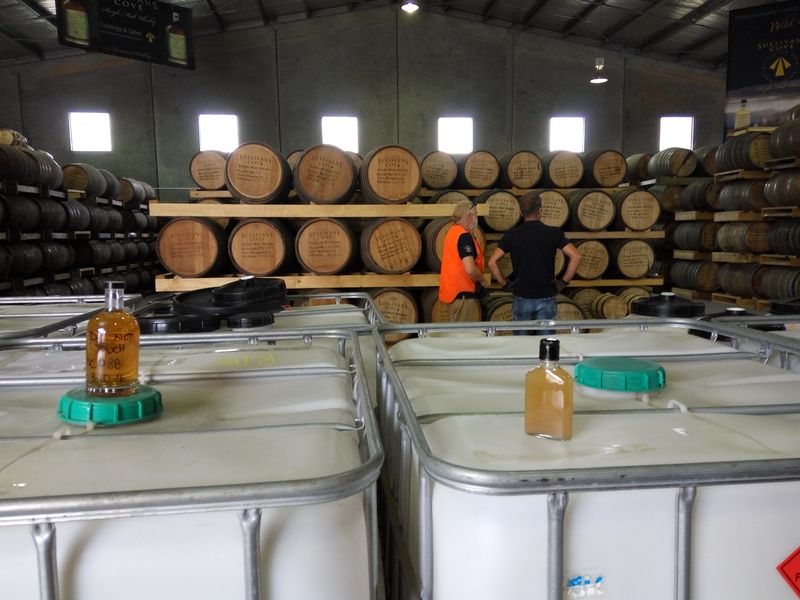 Copper Question
Copper Question@grim said: you could almost even argue that it's only the portion of the kettle above the wash that's acting in the most efficient way, not the entire kettle volume.
Hence the Copper Top kettles that we sell,,, and do our best to convince the copper fanatics that a 100% copper kettle is just not a requisite.
Clarifying QuestionGetting cooler? Probably chill haze/flocking. Put a bottle in the freezer for a couple days and see if it gets worse, and you get dense fuzzy clouds or larger fuzz-flakes. If it doesn't, it could be mineral precipitation. However, if you used distilled water, it's highly unlikely. Warm it up and shake it, does it go away?
It's tough to filter for chill haze, because you need to keep everything brutally cold to do it (0 to -5c), and standard PP style particulate filters don't not work. Even if you try to filter it cold, the saturated/unsaturated fatty acids that make up the haze just disassociate and get forced through the filters. I've filtered bourbon at .1 micron through standard PP cartridges and still got chill haze after the fact. You really need to go through specialized cellulose filter media, which can attract the longer chain fatty acids and esters, and bind them up in the media (adsorption).
Pall IR filter sheets are widely used in commercial industry for this. If you got yourself a sheet or two, you could potentially rig something up. They are impregnated with DE and Perlite as well, which make it a bit more challenging than just using a pleated cellulose filter. They make some serious claims about being more effective in the C12-C18 fatty acid range (the ones which cause chill haze), as opposed to being more broad, which would absolutely reduce short-chain esters as well (big flavor impacts).
Clarifying QuestionBottled some of a 14 month old UJ recently and noticed something I didn't like. At bottling distilled water was used to proof. After bottling things were crystal clear. 2 or 3 weeks later I noticed a haze if you will. I can see nothing suspended, just enough of a haze to take the crystal clear out of it. Now this was only filtered with coffee filters. I want to build a better filtration system and would like to know how ucercial guys do it so I can imitate on a smaller scale. I have access to small vacuum driven lab filtration equipment. How fine should filter pads be?
Do you think this is my problem or is it the off the shelf distilled water? Also have access to deionized water from the lab. Should I give that a go?
Thanks.
Copper QuestionI would argue placing in the column is going to be the most effective, especially in situations where you are running moderate levels of reflux.
In a situation where you are running 10:1 reflux ratios, think of that as meaning that every volatile compound in the distillate has gone up and down the column 10 times before coming out.
With even a moderate number of plates, this means the total effective surface area of the column is going to be significantly larger than the surface area of the kettle. If the effectiveness of the copper is highest when it's in direct contact with high concentrations of volatiles, you could almost even argue that it's only the portion of the kettle above the wash that's acting in the most efficient way, not the entire kettle volume.
Not to mention, manage your fermentation correctly, and your total concentration of volatile sulfur compounds is going to be small to start with. This has more impact overall than anything that copper contact could fix.
The StillDragon User Group YouTube ChannelHi Richard,
In retrospect, we may have made this video a bit prematurely as we have used several kettle factories since our inception. As such there have been perhaps three different types of seal set ups so definitely this thread/subject needs more info.
Some of the tanks have used a top and bottom seal that sandwich the bearing and some use a single seal above the bearing. Though I suspect the seal below the bearing would do a better job of preserving the service life of the bearing,,IMO.
We have been using our current kettle company for a while now and they do a beautiful job with fabrication and seem to improve in quality with each forthcoming batch of kettles. They are now using what appears to be a teflon bushing at the penetration point. Evidently the bushing swells upon heat up and forces a seal. Then there is a secondary back up seal that is held into position with a "block" that slides over the shaft and tightens against the seal as well as holds the shaft into position until the user can install the bracket that holds the shaft permanently in position.
No matter which mechanical seal system is used, it is very simple. And at some point the user will need to become familiar with the assembly in order to pull maintenance. Shaft diameter and pocket/cup /seat are requisite measurements in order to accurately replace. We can get parts for any of the seal systems but do need those measurements to do so.
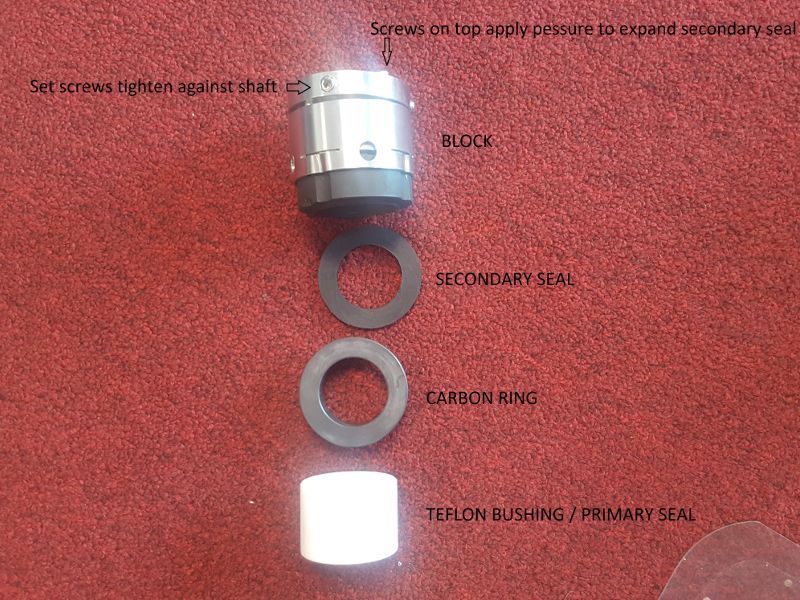 THE RIGHT GLASS FOR THE RIGHT OCCASION
THE RIGHT GLASS FOR THE RIGHT OCCASIONWhisky Nosing Glass »
Tasting Glass for Whisky and other Aged Spirits
A special nosing and tasting glass for aged spirits like Whisky, Brandy and other premium distillates.
The tulip shape concentrates the aroma in ideal fashion and the short stem offers enough distance to the hand to keep away any off-flavors. The narrow opening makes any aroma nuance show to advantage even better. The well balanced center of gravity prevents accidental tipping.
It is made of high quality crystal glass by Stoelzle Germany and furnished with a restrained StillDragon® logo. The outstanding quality is easily felt, it is thin walled and very elegant.
This is the ideal tasting glass to present wonderful spirits to guests and also perfect for making cuts. It is also very good for tasting craft beer!
Whisky Nosing Glass Pack of 6 »
Clear Spirits Tasting Glass »
Tasting Glass for any kind of Clear Spirits
A nosing and tasting glass for clear spirits like Grappa, Gin, fruit brandies and other premium distillates.
The special design for a smaller evaporation surface concentrates the aromas in its own way to ensure a perfect tasting experience and the long stem offers more than enough distance to the hand to keep away any off-flavors.
It is made of high quality crystal glass by Stoelzle Germany and furnished with a restrained StillDragon® logo. The outstanding quality is easily felt, it is thin walled and very elegant.
This is the ideal tasting glass to present wonderful spirits to guests and also perfect for making cuts.
Clear Spirits Tasting Glass Pack of 6 »
Alternative Grains for WhiskeyThe Corsair Quinoa is 80% malt, 20% quinoa. They also mix red and white, and I've heard the red can distill out a bit more bitter. There is another at a much higher proportion, Project Q by Aussie Distillery Whippersnapper, I believe they used all white. We go 51% corn, 49% balance - primarily to keep a bourbon label, which makes it much more marketable for us.
Last time I called BSG, Rahr High DP Distillers was still special order only, which makes it a pain in the ass. Even so, I wouldn't trade in my high-temp alpha.
Crystal Dragon or Dash?The CD different aesthetics as you have said. It also has less distance between plates at 110mm and 155mm on the Dash.
The Dash has the advantage of robustness. I have had customers contact me to buy replacement lens after rolling the column off a bench or dropping the whole thing before.
The dash is a little easier to disassemble with clamps over nuts.
Welcome to our Beginner's Talk Category!So, I'd supplement 20% backset with something like 12.5g/hL of Fermaid-K, which would add another 125 mg N/l, bringing the total to around 265mg N/l (this is based on ideal fermentation conditions, if you are fermenting in stressful conditions you need to increase the total mgN/l). This is half the recommended dose of Fermaid-K, so you can see how backset can cut your nutrient cost down significantly. Also factoring in the cost of acids necessary to acidify your mash during fermentation (which is significantly reduced/eliminated with backset), if you do 1000g a week, you could probably save something like $750-$1000 a year.
This savings doesn't consider a 20% reduction in water usage, and sewerage/waste costs - which could be material depending on your location. At 1000g a week, you are talking about reducing water usage and waste by 10,000 gallons annually.
Likewise using near-boiling stillage to dissolve your next batch immediately will result in significant reduction of energy usage for water heating, especially during cooler seasons). A ratio of 2:8 at 190F for the stillage and 60F for the rest of the water/liquid will result in an 86F blend, real world probably lower (cold tanks, etc) - but nearly perfect for pitch temp. My napkin math might be wrong, but at the same 52000 gal annual processing, this is saving 8 million btu a year. If you are electric, at $0.18/kwh this is like $400 a year in energy savings.
The magic of backset.
Beginner heads explode...
Welcome to our Beginner's Talk Category!Going based off wine research, minimum YAN for successful fermentation (up to 1.09sg/22brix) is about 140mg/l. This is the low end, or cleaner fermentations it's suggested to go closer to 250mg/l. Top end is about 400mg/l.
Given this is measured Kjeldahl, you can assume this is all assimilable nitrogen.
So, at 20% stillage, YAN would be roughly 140mg/l, which would at least meet minimum nitrogen requirements in the next batch, but only half the nutrient requirements of a clean ferment.
I would not use straight DAP in conjunction with backset in this case, but a higher quality yeast nutrient focused on micronutrients, sterols, etc. While these are typically much more expensive than DAP, dosage required is typically very low when you are starting from a 140mg/l baseline.
Welcome to our Beginner's Talk Category!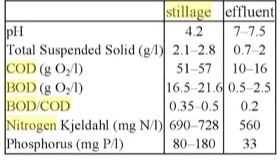 Welcome to our Beginner's Talk Category!
Welcome to our Beginner's Talk Category!No worries mate, i used to think the same and didn't know about no chill till i started all grain beer in a bigger way. Knocking out 170 litres for myself in a morning it was my best way forward as i don't have a cool room for fermenting.
Yet.
Welcome to our Beginner's Talk Category!@punkin Great idea mate. I just dumped another 150 litres of that stuff wondering there has to be a better way. Now I know. Thanks mate.





